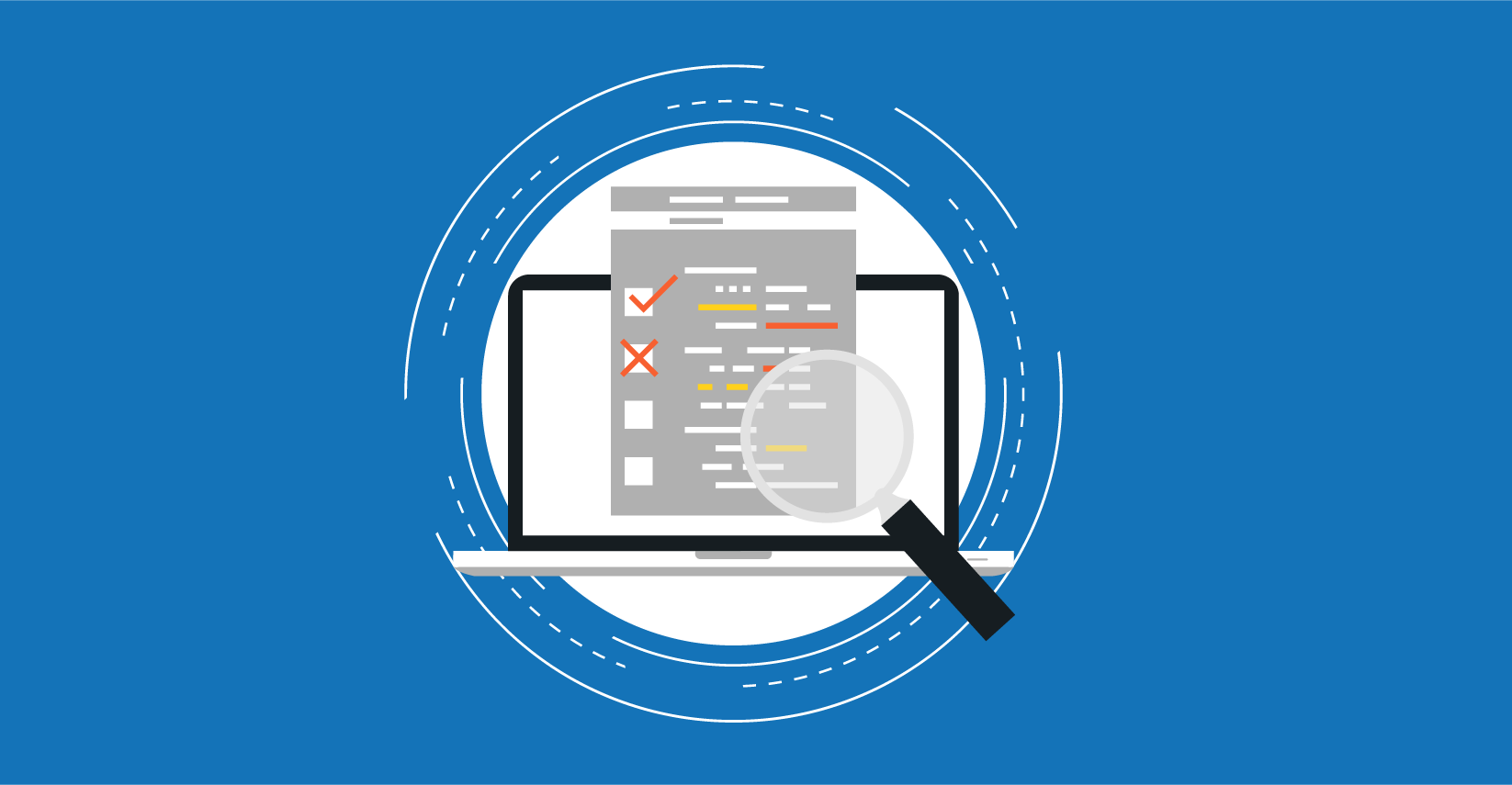Challenges and Solutions in Software Testing Services

- June 8, 2023
- admin
Introduction
Effective software testing services are essential to identify and rectify any potential issues or bugs before the software is deployed for end-users. However, the field of software testing is not without its challenges. This blog will explore some of the common challenges faced by software testing services and provide solutions to overcome them.
Lack of Test Planning and Strategy
Challenge: One of the most common challenges in software testing is the lack of a well-defined test plan and strategy. Without proper planning, testing efforts can become disorganized, inefficient, and fail to achieve desired outcomes.
Solution: The key solution to this challenge is to develop a comprehensive test plan and strategy before initiating the testing process. This includes defining test objectives, identifying test requirements, creating test cases, and establishing the test execution timeline. A well-defined strategy helps in setting clear expectations, prioritizing testing activities, and ensuring effective test coverage.
Insufficient Test Coverage
Challenge: Insufficient test coverage occurs when certain areas of the software are not adequately tested. This can lead to untested functionalities or undiscovered bugs, potentially resulting in poor user experience and reduced software quality.
Solution: To address this challenge, it is crucial to perform a thorough analysis of the software requirements and design specifications. Testers should focus on identifying critical features, potential risks, and user scenarios to ensure comprehensive test coverage. Utilizing techniques such as equivalence partitioning, boundary value analysis, and combinatorial testing can help optimize test coverage without exhaustive testing.
Time and Resource Constraints
Challenge: Often, software testing services face time and resource constraints that limit the amount of testing that can be performed. Tight project schedules and limited resources can significantly impact the quality of testing and compromise the effectiveness of bug detection.
Solution: To overcome time and resource constraints, a prioritized approach is essential. Testers should work closely with project stakeholders to identify critical functionalities and allocate testing efforts accordingly. Additionally, leveraging test automation tools and frameworks can significantly increase testing efficiency and allow testers to focus on more complex and critical scenarios. Testers should also continuously monitor and optimize testing processes to improve productivity and ensure timely delivery.
Communication and Collaboration Issues
Challenge: Effective communication and collaboration among project stakeholders, including developers, testers, and business analysts, are vital for successful software testing. However, communication gaps, misinterpretation of requirements, and limited collaboration can lead to inefficient testing and hinder bug identification.
Solution: Establishing clear channels of communication and fostering collaboration between different teams is crucial. Regular meetings, clear documentation of requirements and test cases, and leveraging collaboration tools such as project management systems and issue tracking tools can facilitate effective communication. Encouraging feedback and promoting a collaborative culture ensures that all stakeholders are aligned and can address issues proactively.
Changing Requirements and Agile Testing
Challenge: In an Agile development environment, requirements often change frequently, which poses a challenge for software testing services. Rapid iterations and updates require testers to adapt quickly and ensure that previously tested functionalities remain stable.
Solution: Agile testing methodologies, such as Scrum or Kanban, can help address this challenge. Testers should collaborate closely with developers and business analysts to gain a clear understanding of changing requirements. The development lifecycle of the programme can be made to remain stable and functioning by regularly evaluating and updating test cases, employing continuous integration and continuous testing techniques, and leveraging test management tools.
Test Environment and Data Management
Challenge: Software testing services often encounter challenges related to setting up and managing test environments and test data. Inadequate or unstable test environments, along with insufficient test data, can hinder accurate testing and impact the reliability of results.
Solution: Establishing a well-managed test environment and efficient test data management processes is crucial. This includes creating representative test environments that closely mirror the production environment, ensuring the availability of necessary hardware and software resources, and automating the setup process wherever possible. Test data management involves generating realistic and diverse datasets, sanitizing sensitive data, and using tools that allow for efficient data provisioning and data masking.
Conclusion
Software testing services face various challenges that can impact the quality and effectiveness of testing efforts. However, with careful planning, effective communication, collaboration, and the adoption of appropriate tools and methodologies, these challenges can be overcome. By addressing common challenges such as lack of test planning, insufficient test coverage, time and resource constraints, communication issues, changing requirements, and test environment management, software testing services can ensure the delivery of high-quality software products that meet user expectations and business objectives.











